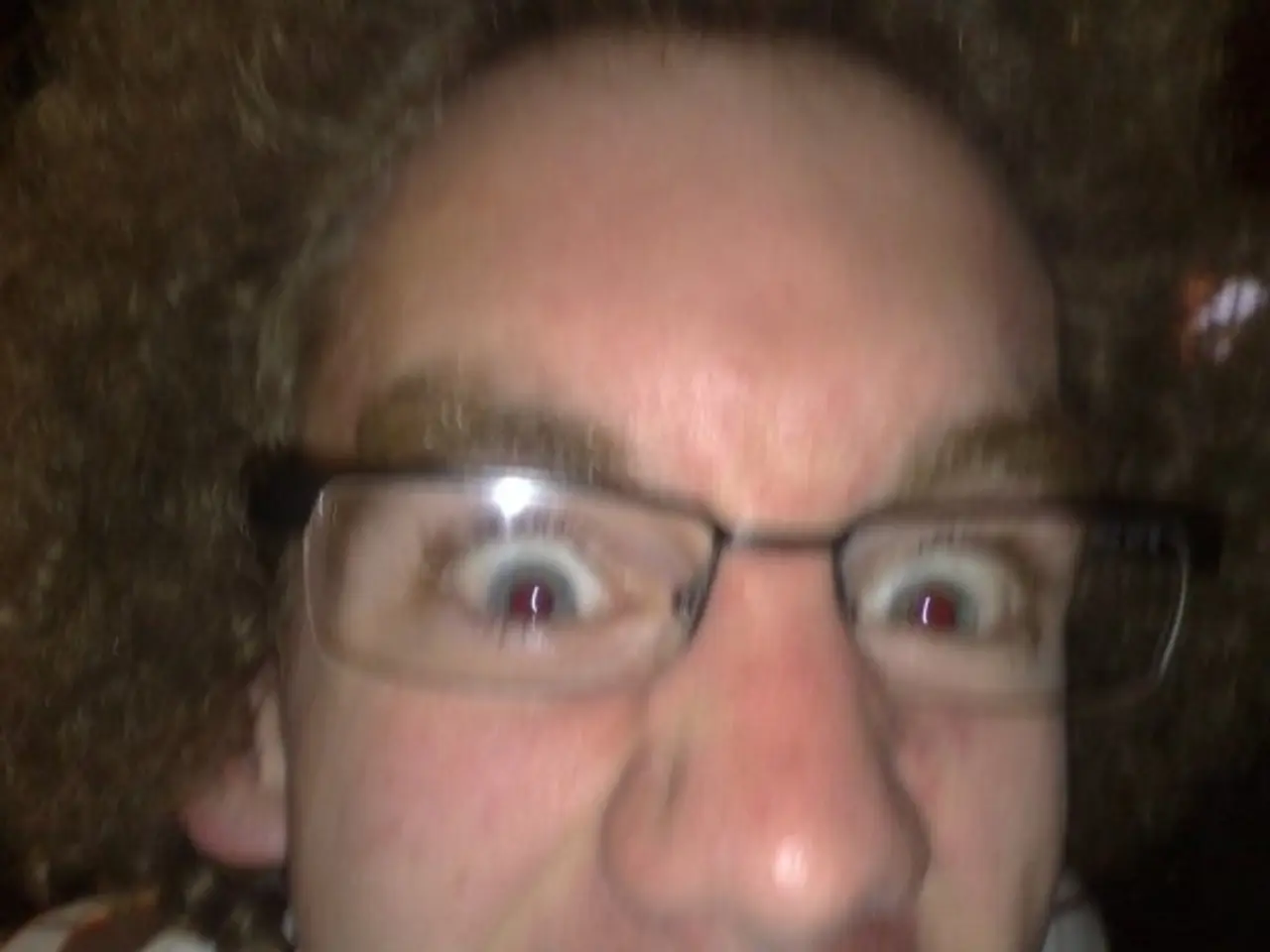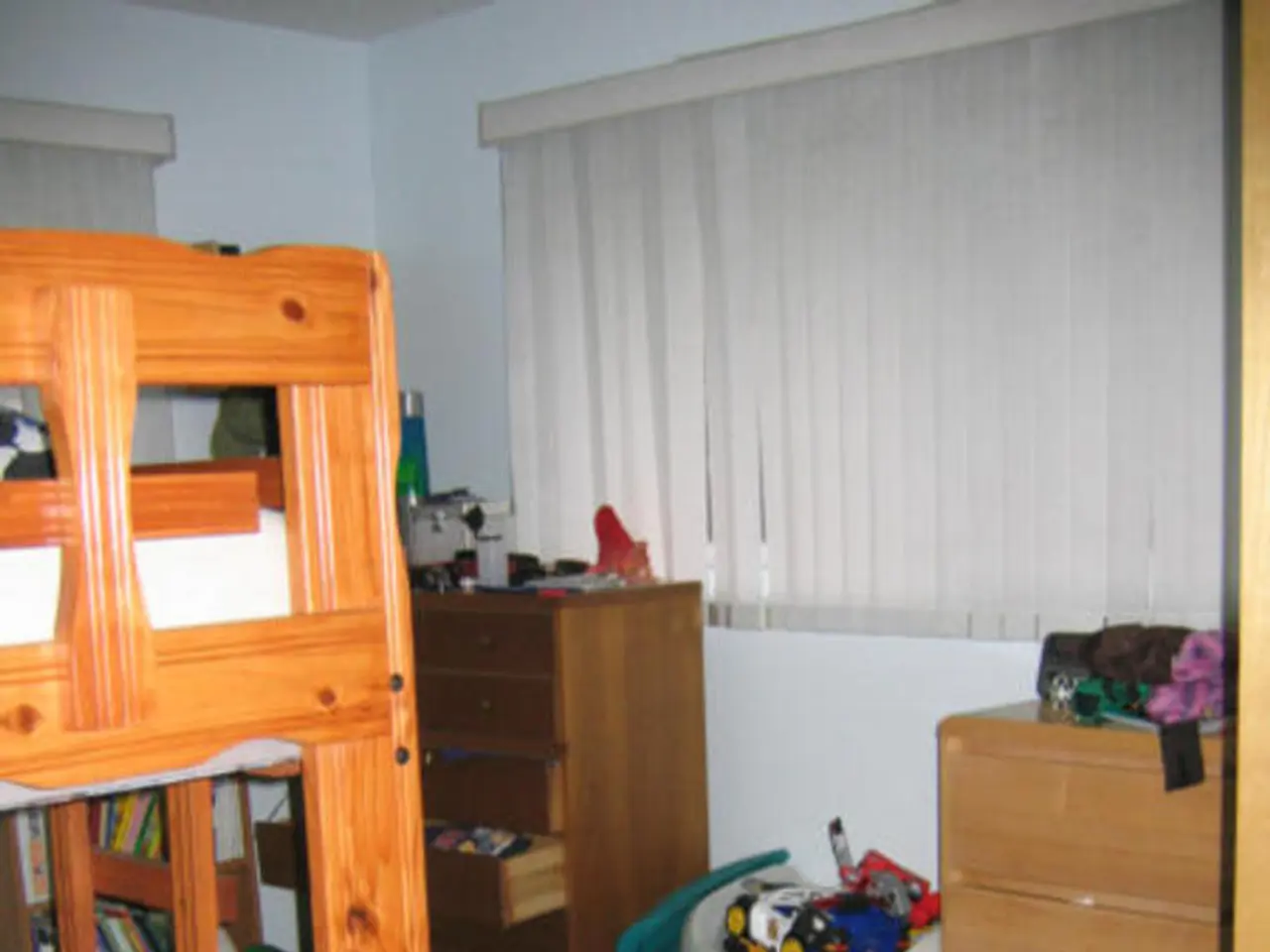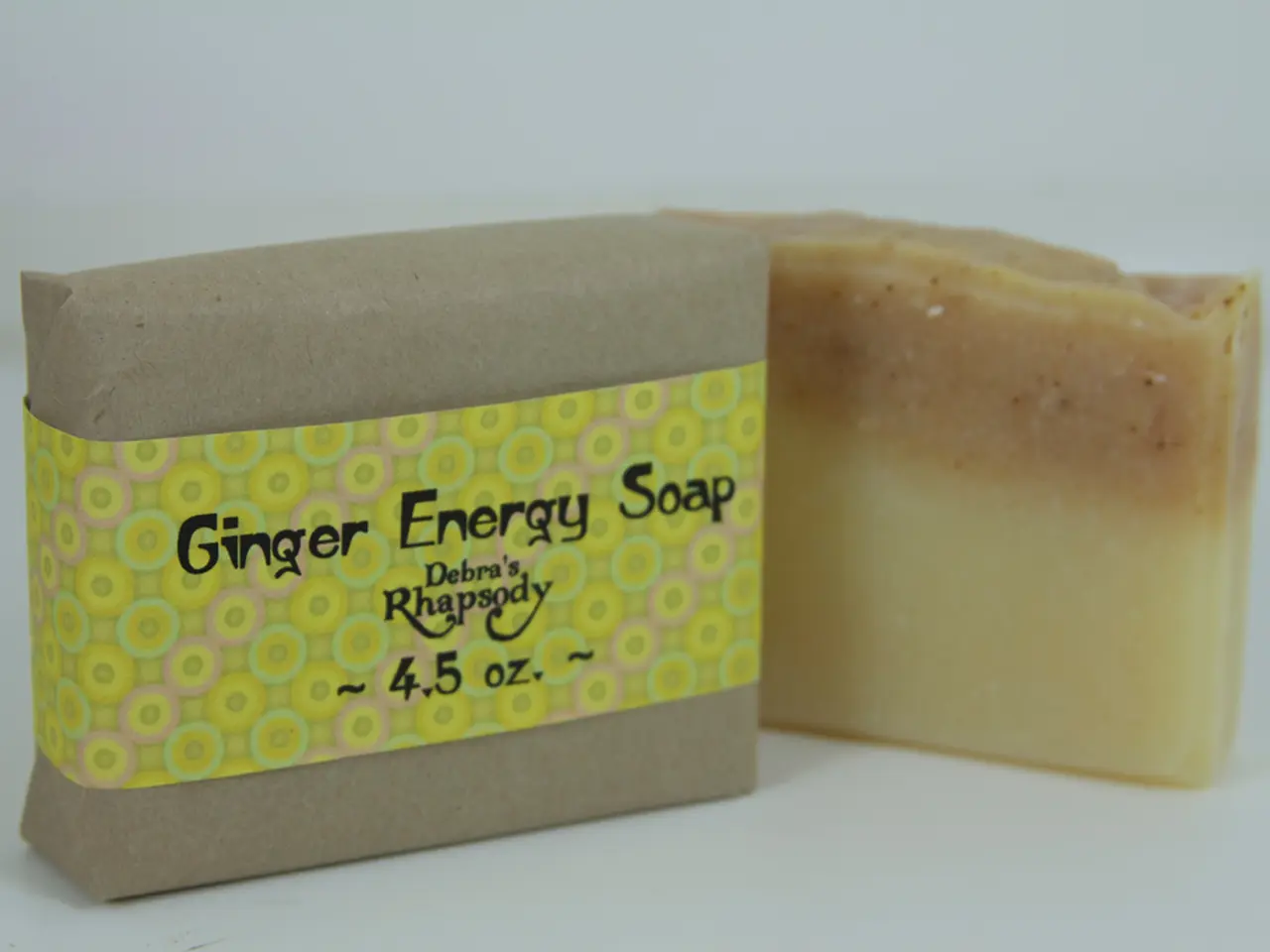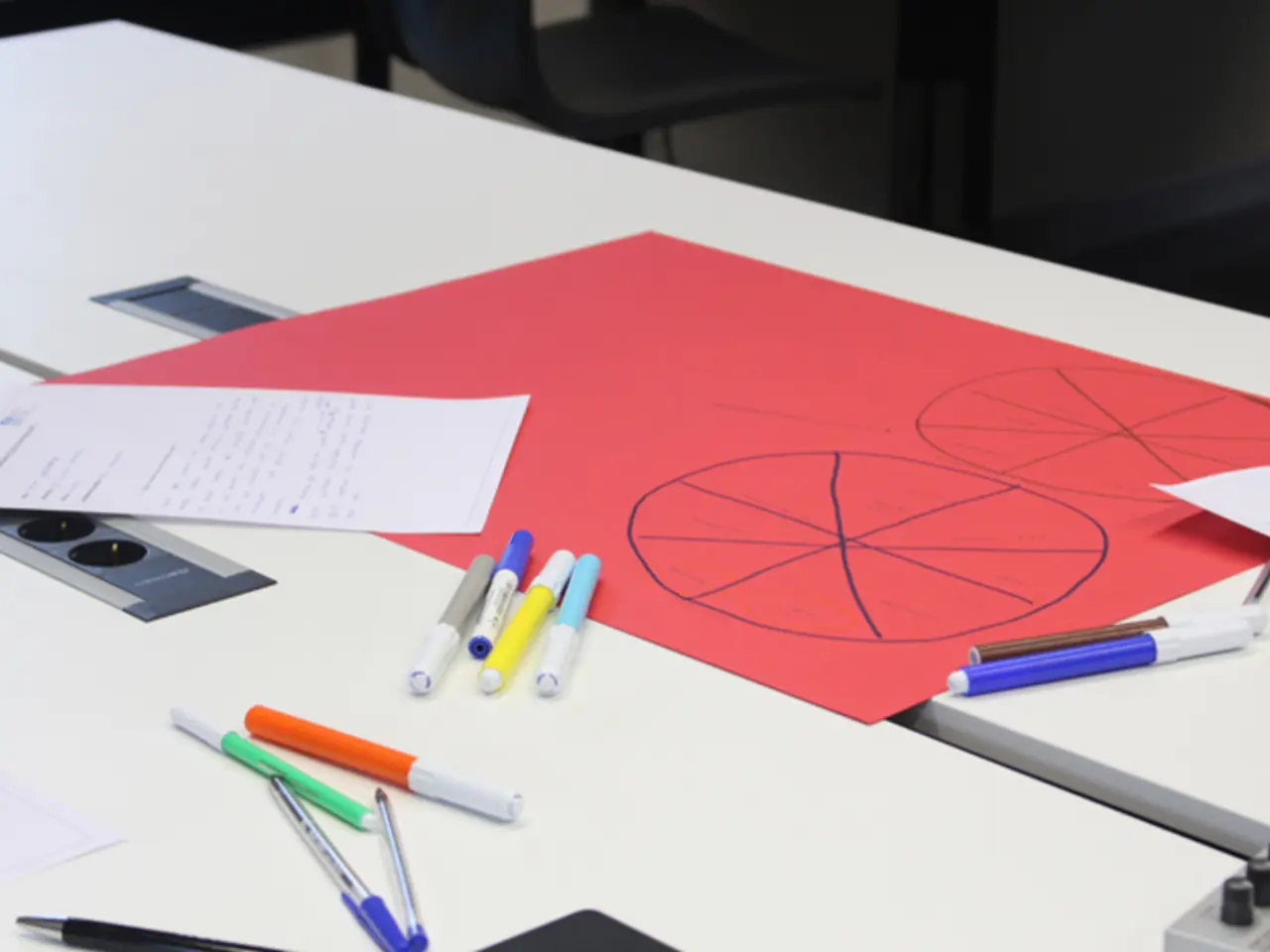Methods for Addressing, Concealing, and Preventing Wrinkle Lines Known as Crow's Feet
Crow's feet, those small wrinkles that radiate from the corners of the eyes, are a common sign of aging. While skin aging is a natural process, there are several treatment options available to help reduce their appearance. Two popular methods are Botox injections and topical retinol creams.
Botox: Rapid and Targeted Treatment
Botox, derived from a toxin produced by the bacterium Clostridium botulinum, works by temporarily paralyzing specific muscles or blocking nerves. This results in a rapid smoothing of facial wrinkles, including crow's feet. The treatment is minimally invasive, with results appearing within a few days to two weeks and lasting about 3 to 4 months [1][3][5].
Botox is particularly effective for addressing crow's feet that appear when you smile or squint. Its targeted action helps prevent further deepening of these dynamic wrinkles, resulting in a natural, refreshed look. However, repeat treatments are necessary to maintain the effect [1][3][5].
Retinol Creams: Gradual and Long-term Improvement
Unlike Botox, retinol creams do not relax muscles. Instead, they stimulate collagen and elastin production in the skin, improving skin texture and reducing fine lines more gradually. The effects tend to develop over weeks to months of consistent use and mainly target static wrinkles (those visible without muscle movement) rather than dynamic wrinkles caused by facial expressions [4].
Retinol creams are considered beneficial long-term, but their wrinkle-smoothing effects are less immediate and less dramatic than Botox. They require ongoing use, with effects accumulating over time [4].
Comparing the Two
| Aspect | Botox | Topical Retinol Creams | |------------------|--------------------------------------|--------------------------------------------| | Mechanism | Muscle relaxation via nerve signal block | Collagen stimulation and skin renewal | | Target wrinkles | Dynamic wrinkles (from muscle movement) | Static wrinkles (from skin aging) | | Onset of results | Few days to 2 weeks | Weeks to months of continuous use | | Duration | About 3 to 4 months | Requires ongoing use; effects accumulate long term | | Procedure | Minimally invasive injections | Non-invasive topical application | | Effectiveness | Immediate and pronounced smoothing | Gradual improvement of fine lines |
Combining Strategies
While Botox and retinol creams address crow's feet in different ways, combining both strategies often yields the best outcomes. Botox provides quick smoothing, while retinol creams contribute to sustained skin health. This dual approach can help reduce the appearance of crow's feet and promote long-term skin health [4].
Other treatment options for crow's feet include topical creams, chemical peels, and laser resurfacing. Each method has its benefits and drawbacks, and the choice of treatment depends on individual needs and preferences.
Prevention and Maintenance
Preventing the appearance of crow's feet involves minimising factors that speed up skin aging. Wearing sunscreen with an SPF of at least 30 on all skin not covered by clothing, adding a hat and sunglasses, and quitting smoking can help. Additionally, using a moisturizing cream can trap water in the skin, reducing fine lines and making the skin appear younger.
Hyaluronic acid, a substance that exists naturally in the body, can also help reduce the appearance of fine lines, folds, and wrinkles. Dermatologists may recommend injectable dermal fillers containing hyaluronic acid to treat crow's feet. Regular moisturizing and makeup techniques, such as using silicone primer, avoiding heavy concealer, and emphasizing the lips instead of the eyes, can also help lessen the appearance of crow's feet.
In summary, Botox injections provide faster, more durable, and targeted treatment for crow’s feet, while retinol creams offer gradual skin improvements mainly for static lines and are best used alongside neuromodulators rather than instead of them. By understanding these differences and making informed choices, individuals can take steps to combat the signs of aging and maintain a youthful appearance.
[1] American Academy of Dermatology. (2021). Botulinum Toxin Type A (Botox, Dysport, Xeomin). Retrieved from https://www.aad.org/public/diseases/a-z/botulinum-toxin-type-a-botox-dysport-xeomin
[2] American Society of Plastic Surgeons. (2021). Botulinum Toxin Type A. Retrieved from https://www.plasticsurgery.org/cosmetic-procedures/botulinum-toxin-type-a
[3] Mayo Clinic. (2021). Botox. Retrieved from https://www.mayoclinic.org/tests-procedures/botox/about/pac-20394840
[4] American Academy of Dermatology. (2021). Retinoids. Retrieved from https://www.aad.org/public/diseases/a-z/retinoids
[5] Food and Drug Administration. (2021). Botox Cosmetic. Retrieved from https://www.fda.gov/drugs/postmarket-drug-safety-information-patients-and-providers/botox-cosmetic
- In the realm of health-and-wellness and skin-care, Botox is a rapid and targeted treatment for aging wrinkles, such as crow's feet, through muscle relaxation via nerve signal block.
- On the other hand, retinol creams, which stimulate collagen and elastin production in the skin, offer gradual and long-term improvement in health-and-wellness, primarily addressing static wrinkles caused by aging.
- Combining Botox with topical retinol creams can yield the best outcomes for aging and longevity, providing quick smoothing with Botox and sustained improvements with retinol creams.




